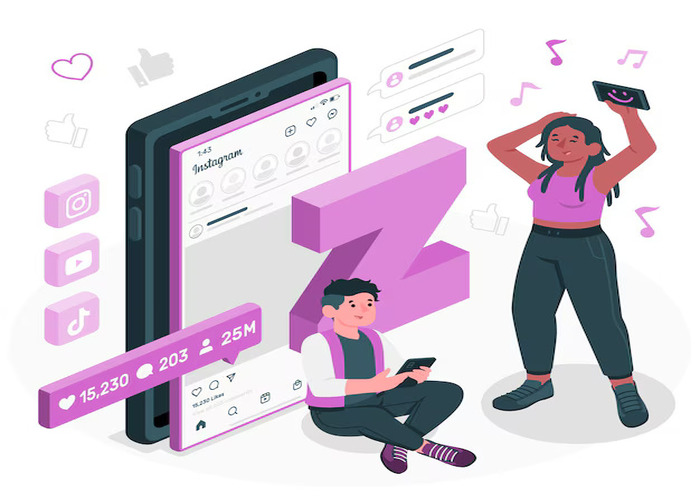Gen Z Students and The Future of Learning

Meet Generation Z—the students who were practically born swiping screens. Born between 1997 and 2012, they’re the first true digital natives. For them, the internet isn’t a tool—it’s a part of life. This reality is changing how we think about teaching and learning in powerful ways.
Traditional lectures and textbook-heavy lessons just don’t cut it anymore. Gen Z learners are visual, fast-paced, and tech-savvy. They prefer short videos, interactive platforms, and learning tools that provide instant feedback. Apps like Khan Academy, YouTube tutorials, and self-paced modules aren’t just nice to have—they’re essential learning resources.
But it’s not all about screens. This generation also values connection. They enjoy group projects, open discussions, and hearing different viewpoints. At the same time, they want the freedom to learn on their own terms. That’s why approaches like flipped classrooms and blended learning work so well—they combine flexibility with engagement.
What stands out even more is how much Gen Z cares about well-being. Mental health, emotional support, and balance are high on their list. They want learning environments that see them as whole people—not just students with deadlines. As educators, this pushes us to not just teach better—but care better.
At Presidency University, we’re embracing this shift. Our teaching is evolving with Gen Z in mind—bringing in technology, empathy, and relevance to create learning spaces that truly resonate.
Gen Z is telling us loud and clear: learning should be purposeful, engaging, and human. And if we listen carefully, we have the opportunity to create classrooms that inspire—not just instruct. The future of learning isn’t just about going digital—it’s about going deeper.
Written by,
Ms. Nithyashree R., Assistant Professor
Presidency School of Commerce and Economics













 Rajanukunte, Yelahanka, Bengaluru, Karnataka, Pin: 560119, India
Rajanukunte, Yelahanka, Bengaluru, Karnataka, Pin: 560119, India
 +91 9022092222
+91 9022092222